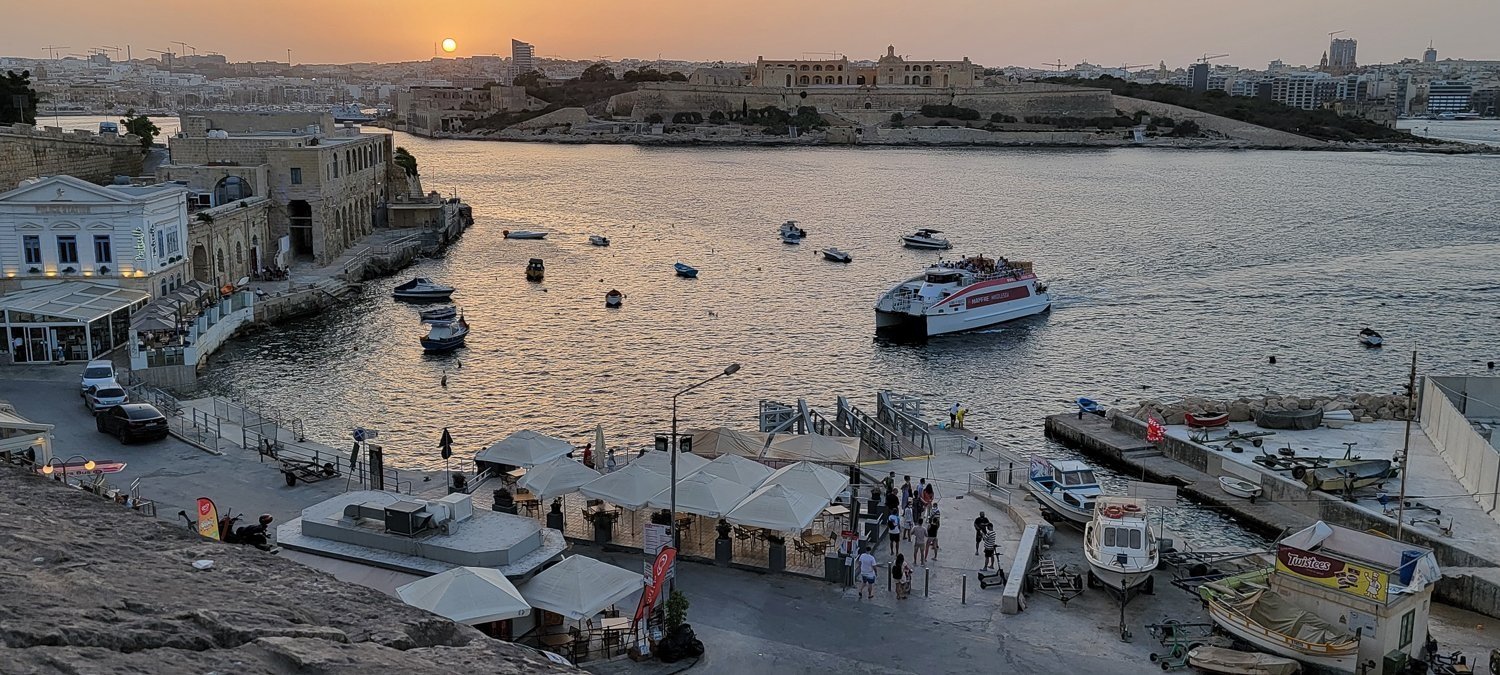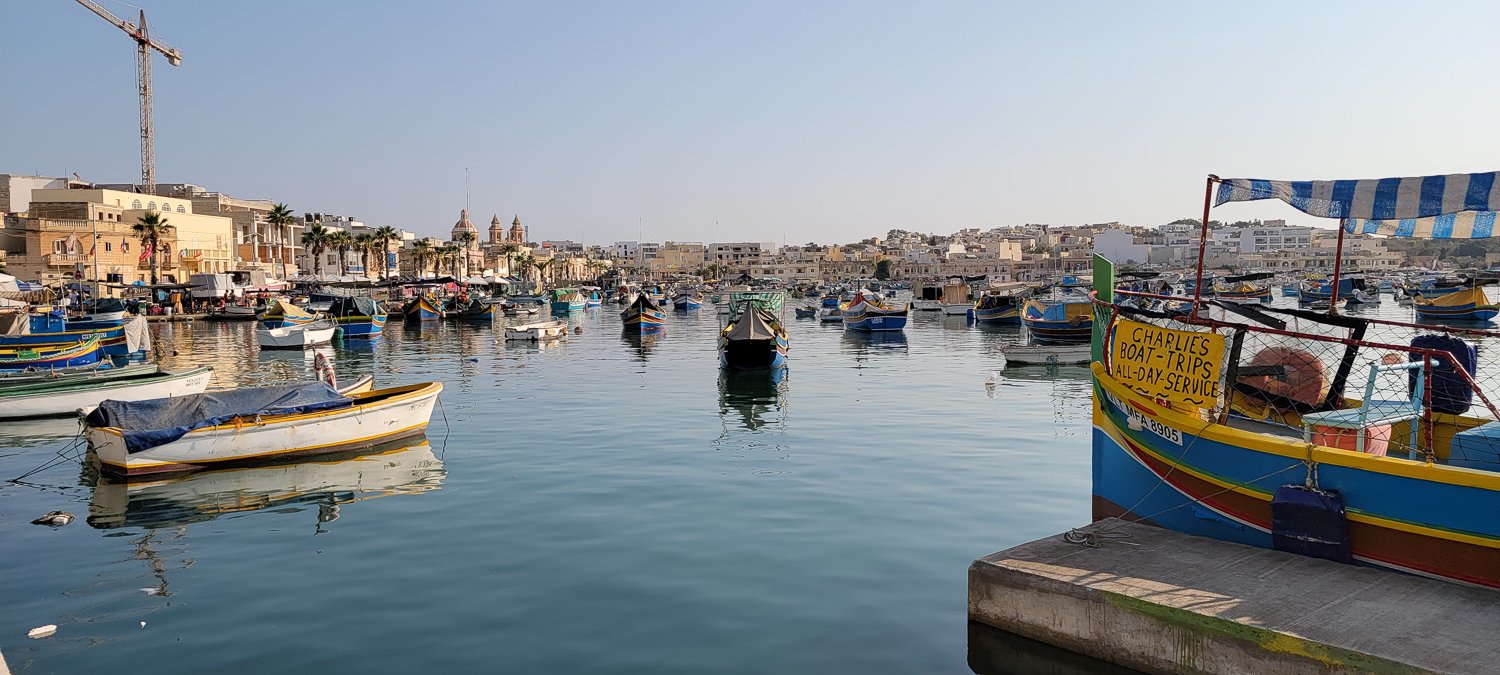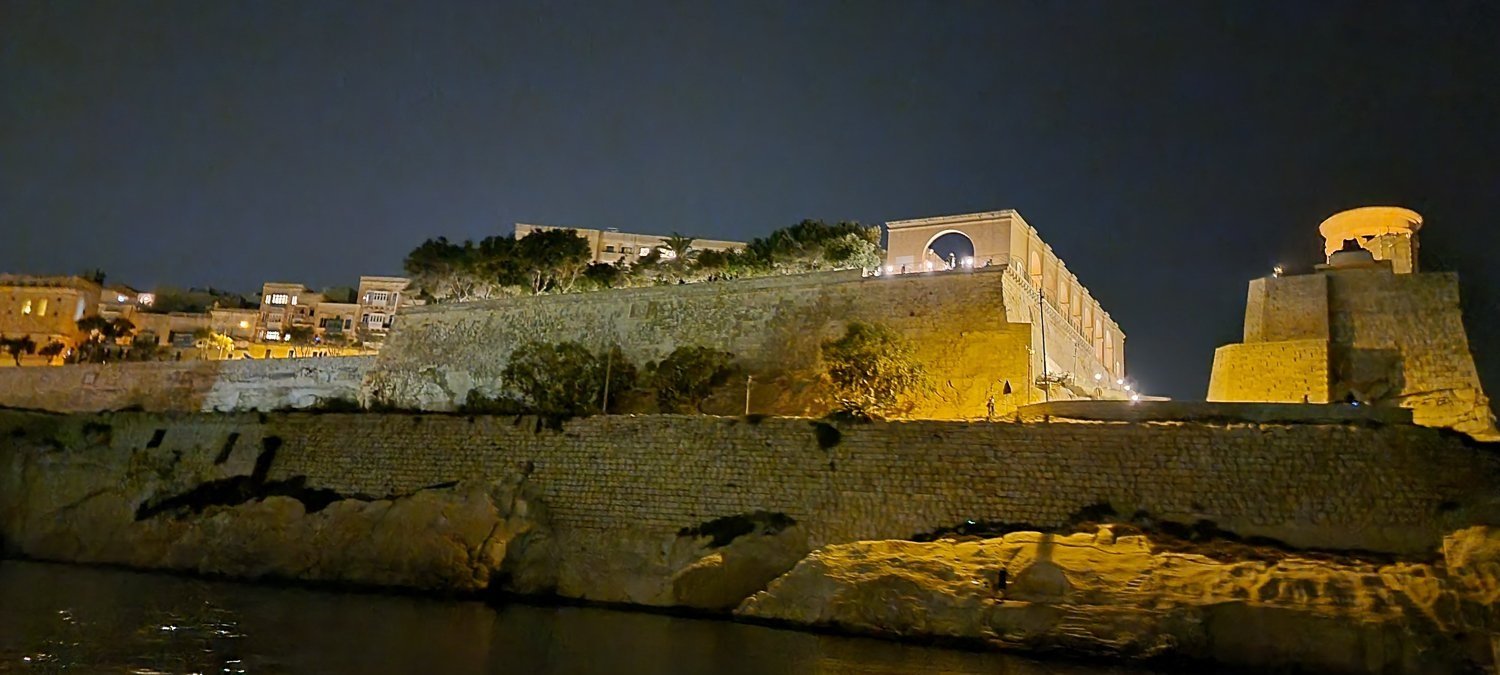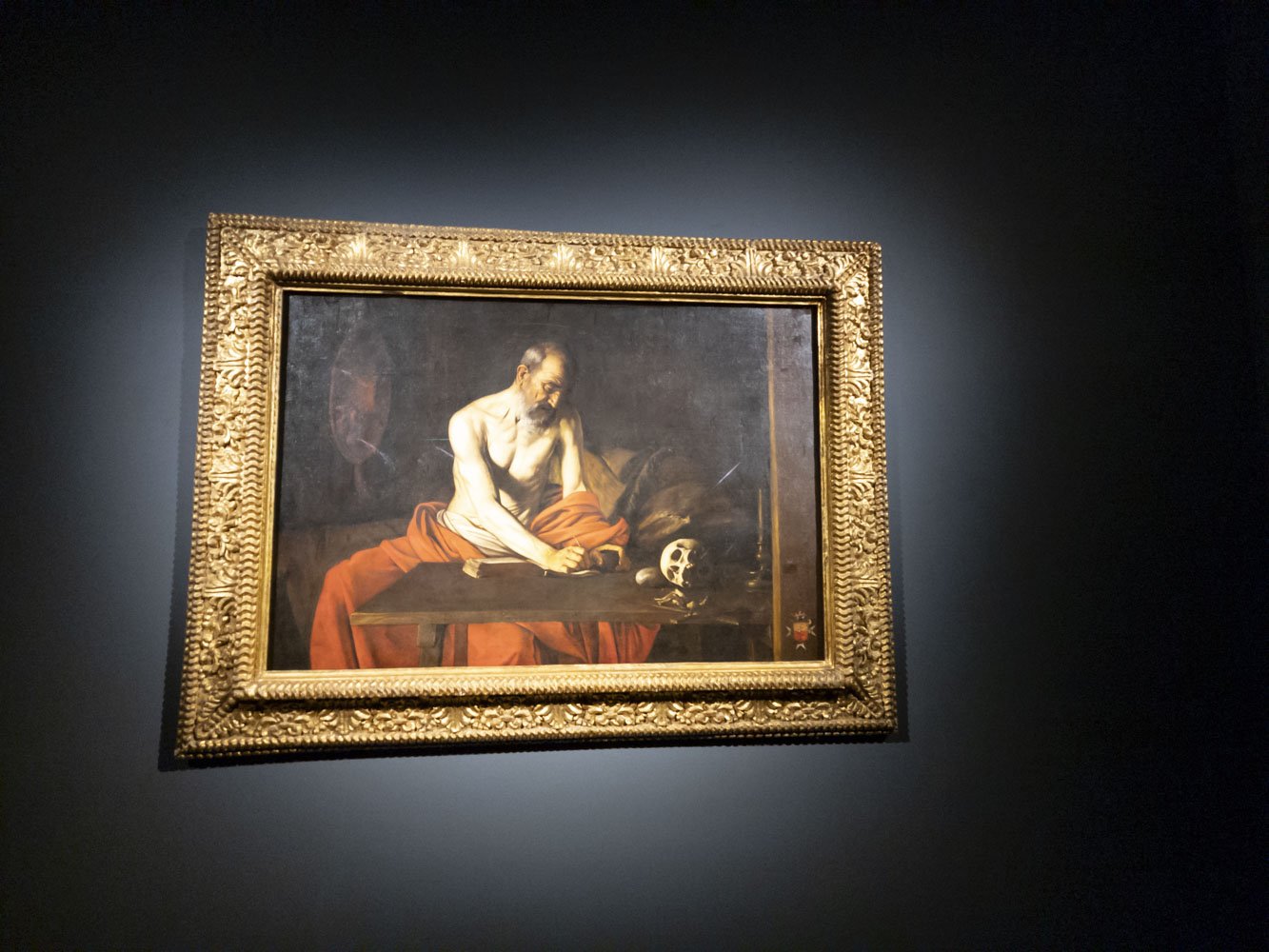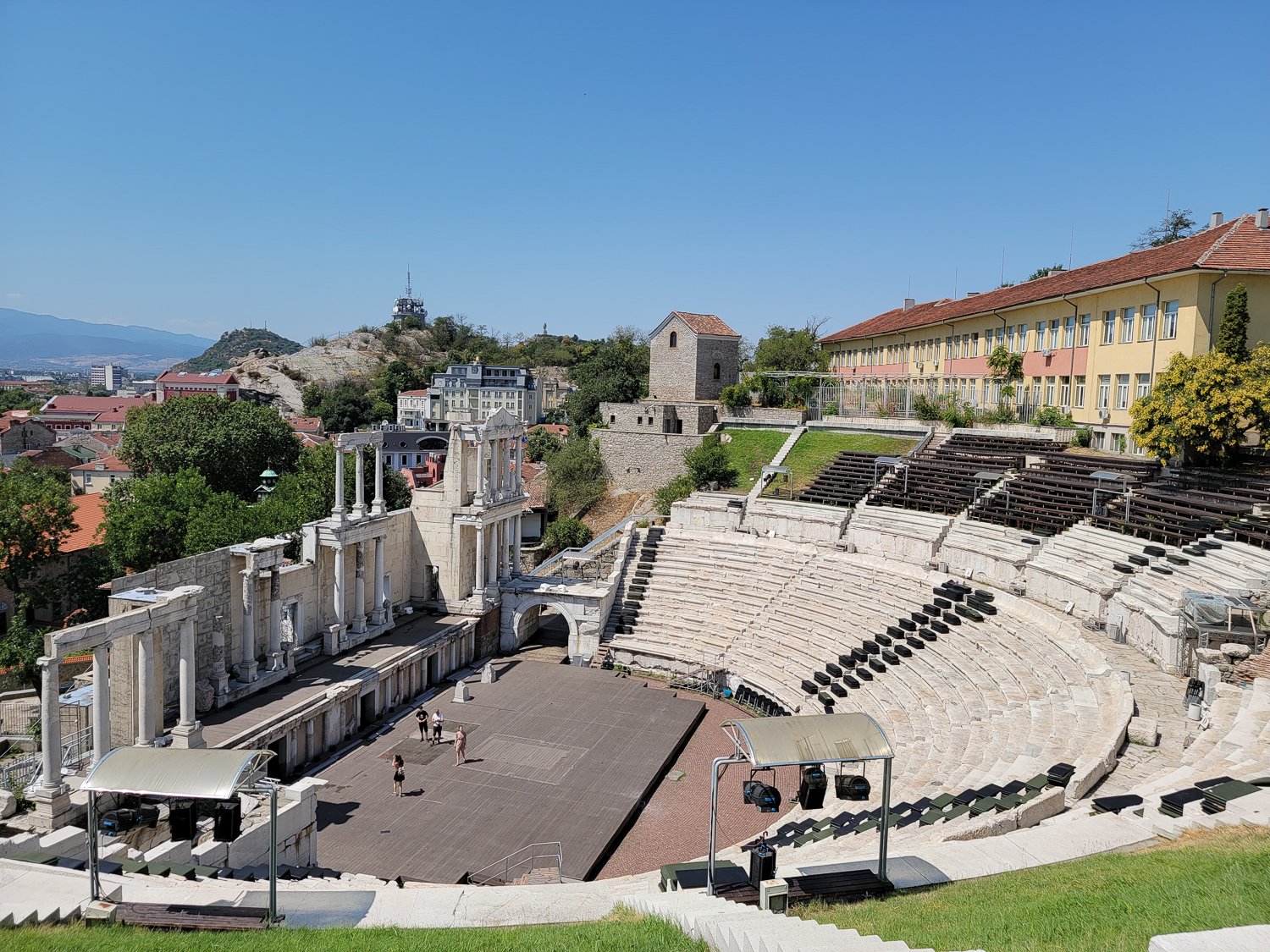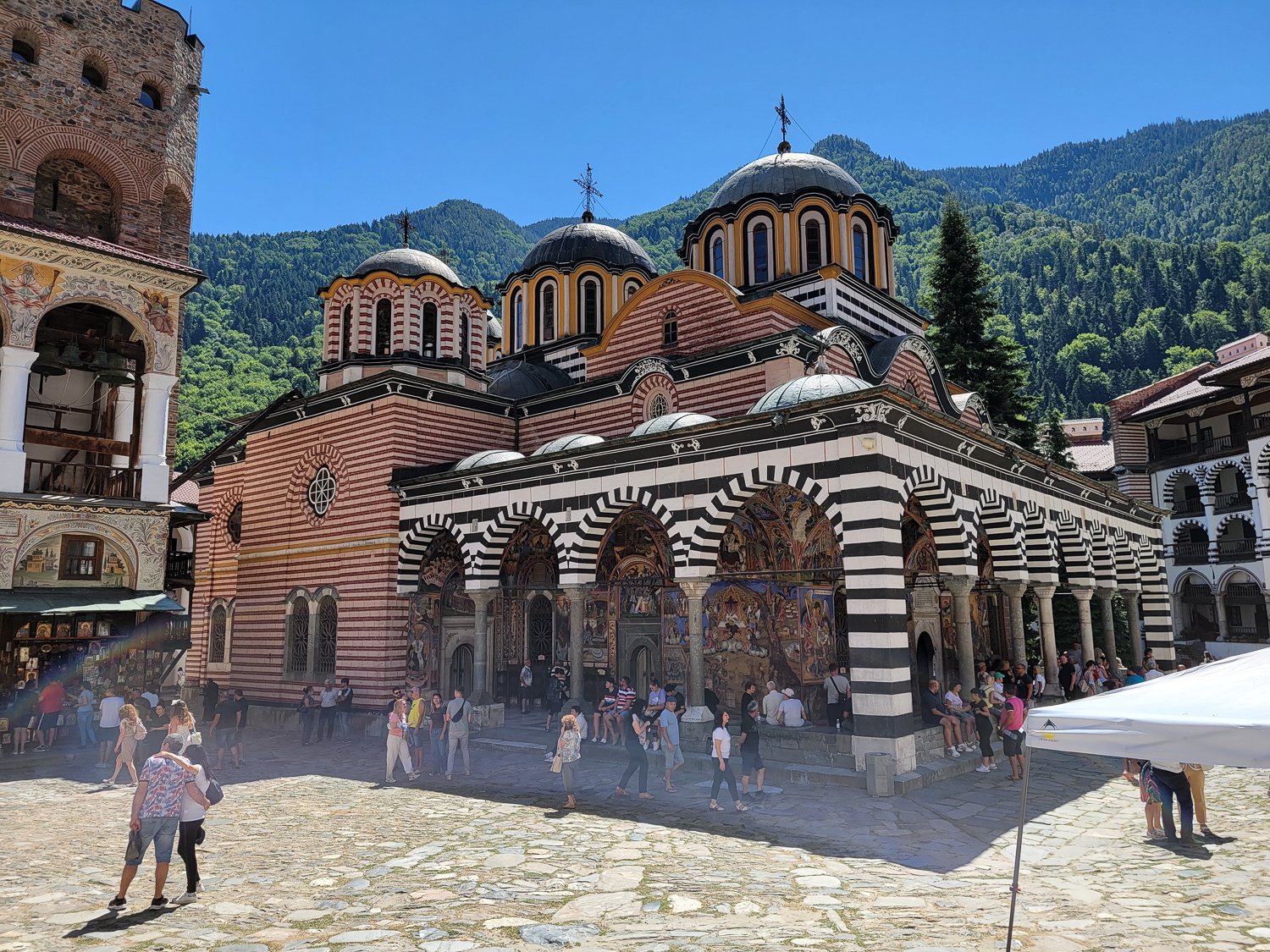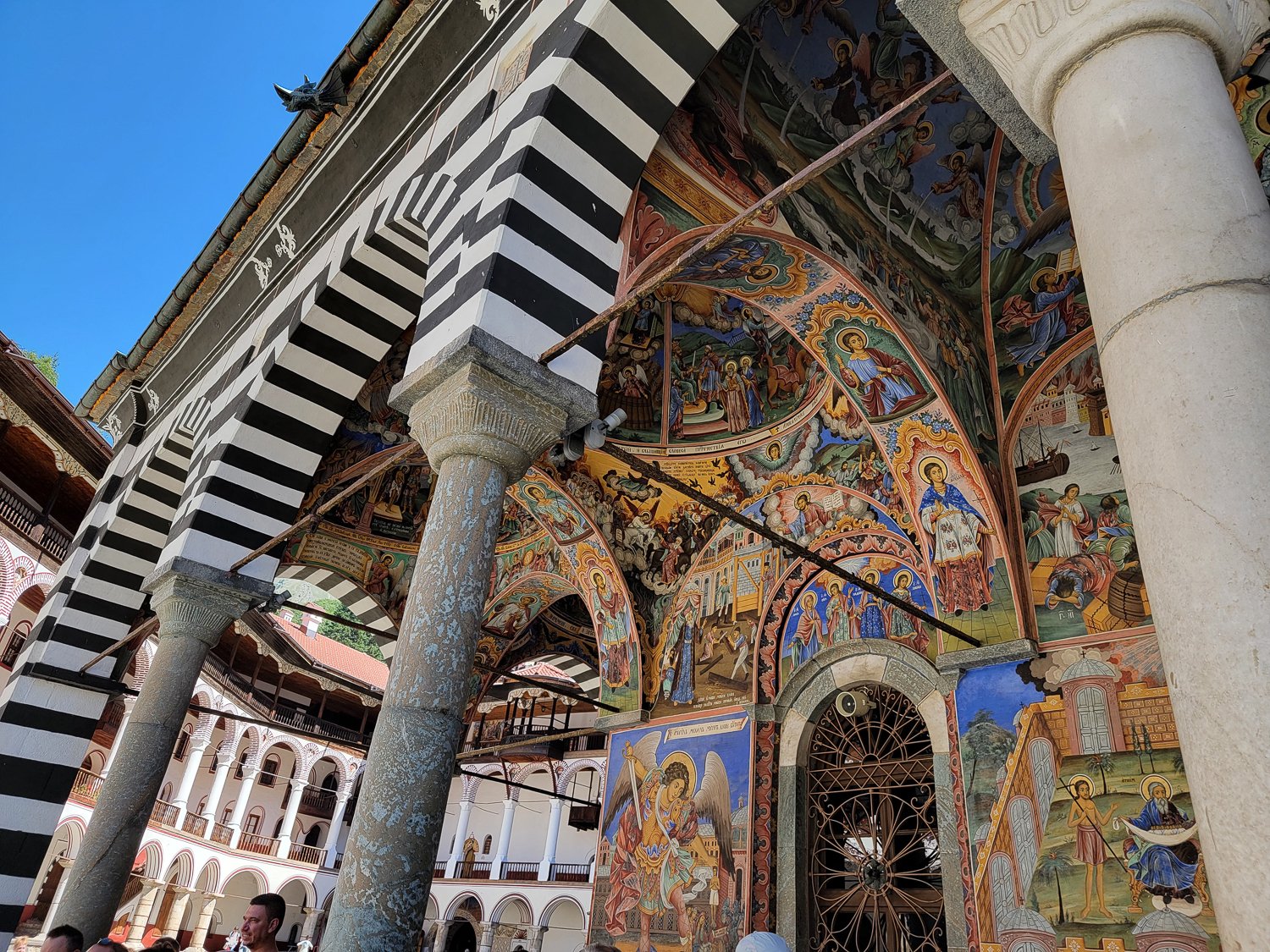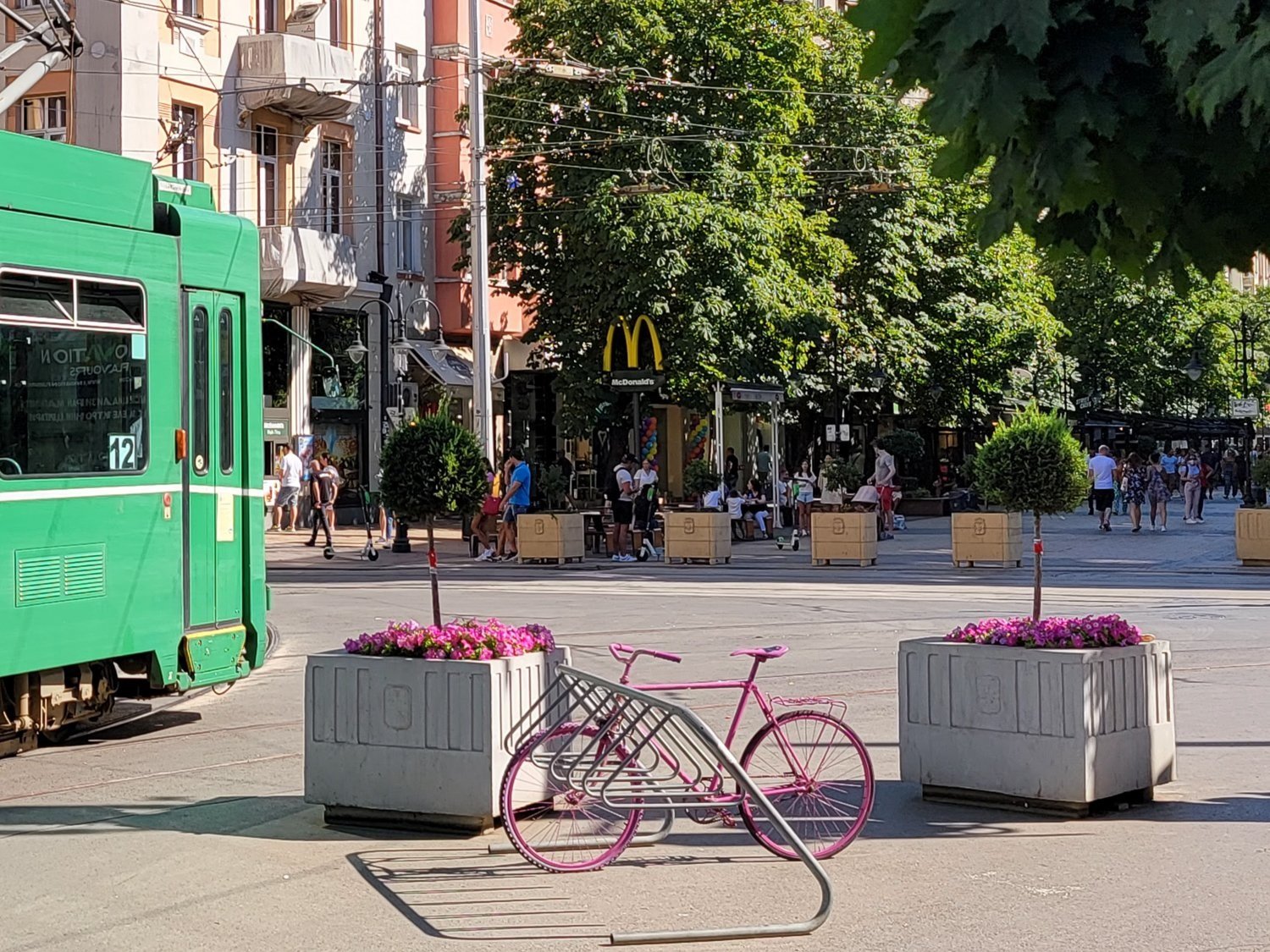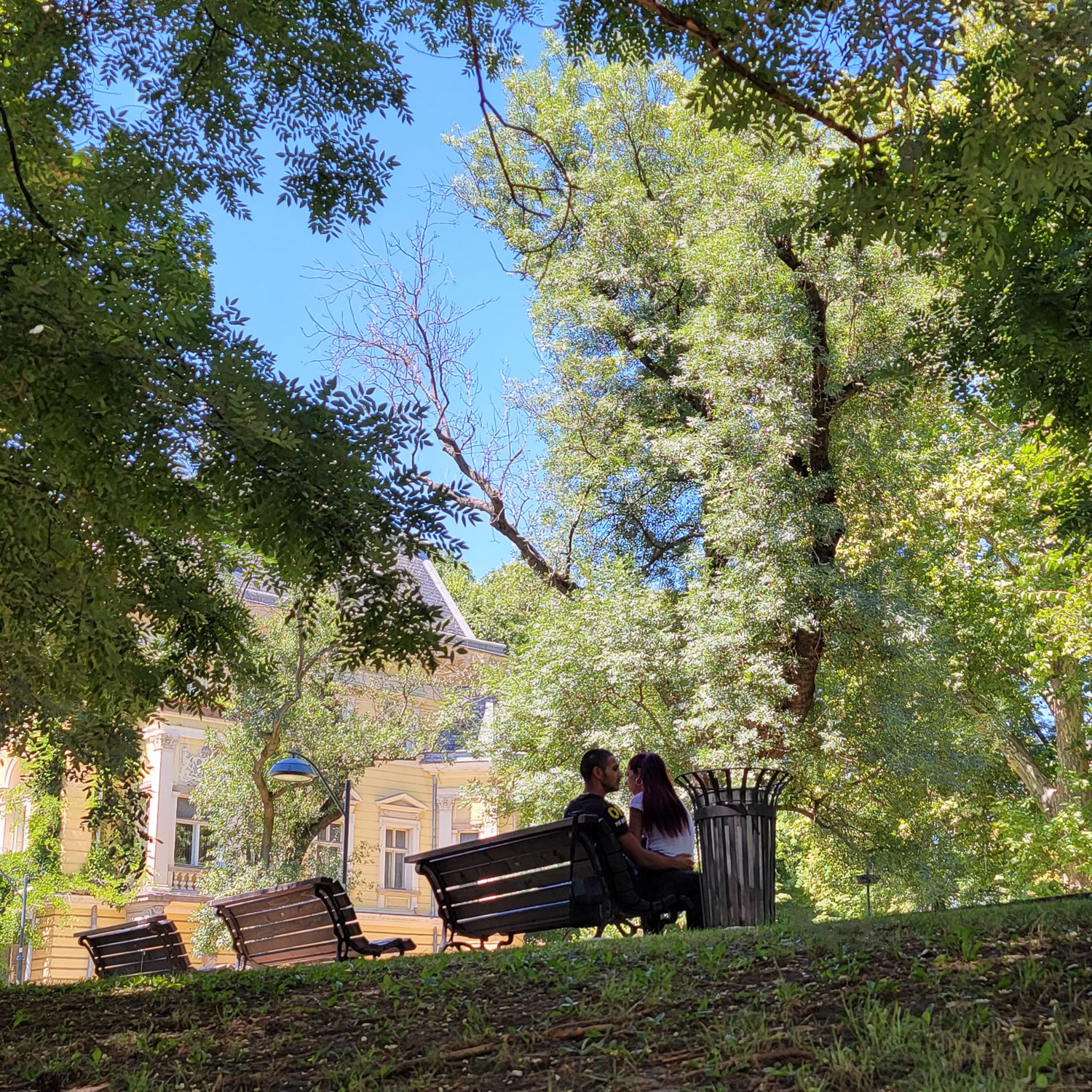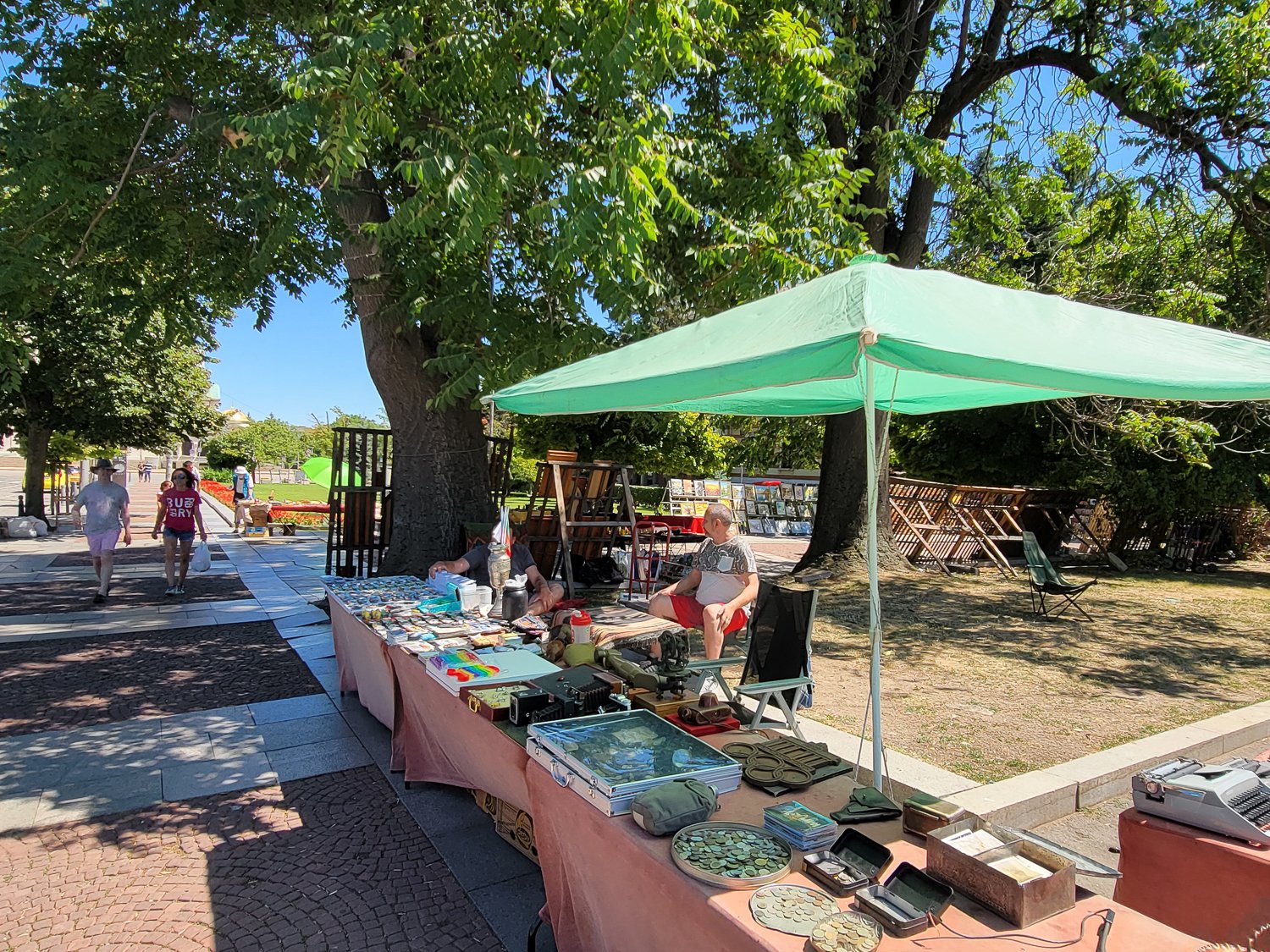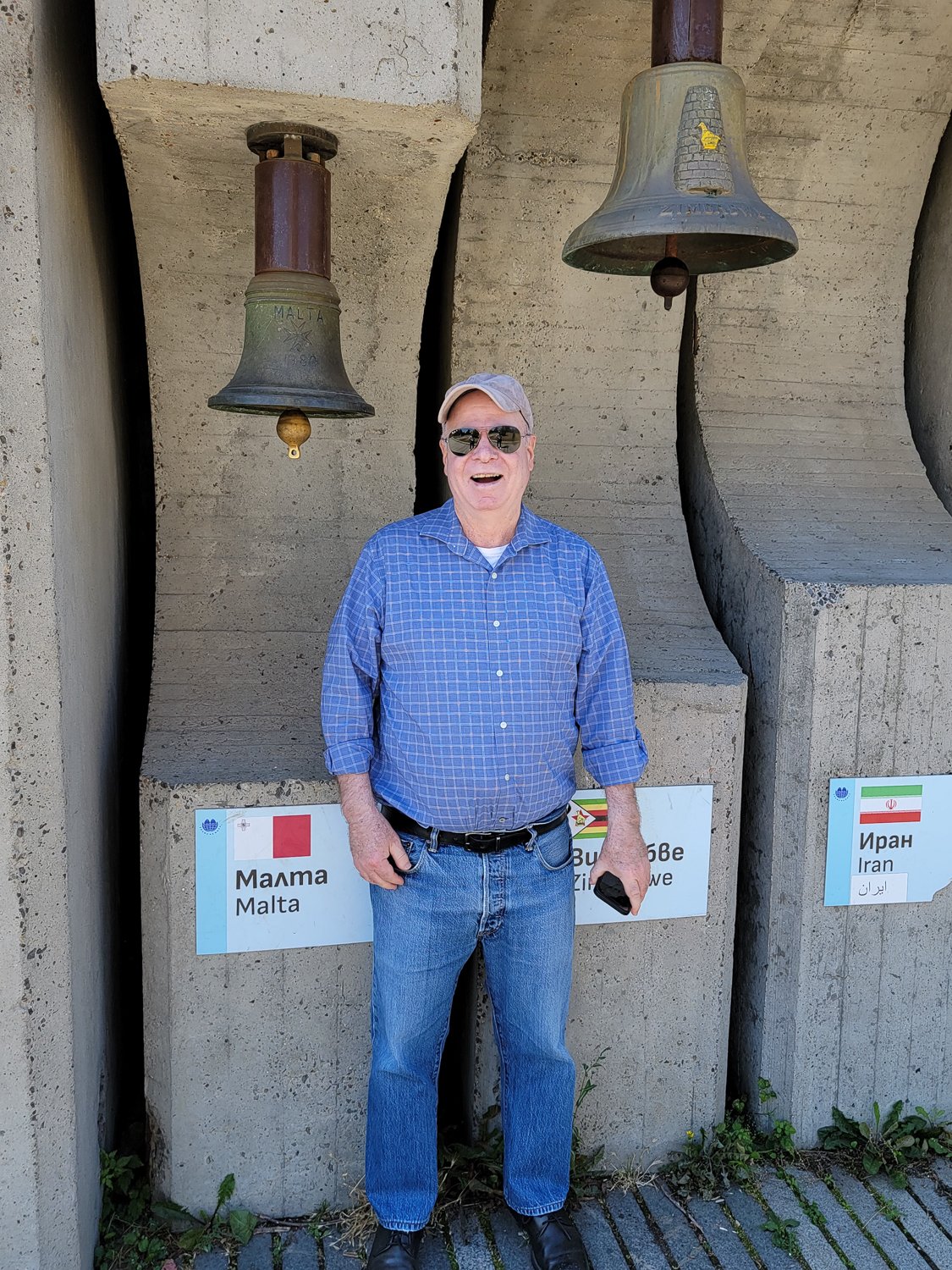“Fejn thobb il-qalb jimxu r-riglejn – Where the heart loves, the legs will walk. ”
At first glance, Malta and Bulgaria might not have much in common, aside from an abundance of Roman ruins. But they share a fascinating characteristic. They’re both crossroads nations, historically influenced by the powerful civilizations surrounding them, but with a culture and history that’s entirely unique.
Malta
Only about the size of Nantucket, but located smack dab in the middle of the Mediterranean Sea, the island of Malta has been a coveted spot for every civilization who sailed the Mediterranean home from the Phoenicians to the British Empire. Its unique history is reflected in its language, an offshoot of Classical Arabic, but written in the familiar Latin alphabet. After centuries of foreign rule, Malta declared its independence from the United Kingdom and joined the EU in 2004.
Today, the foreign invaders are most likely to be tourists, attracted by the island’s year-round warm climate and gorgeous beaches, accompanied by lively and walkable ancient cities and fresh food. As a former British colony, it doesn’t hurt that English is universally spoken, along with an abundance of Italian, French and Spanish. Accustomed to centuries of travelers making their way to the island, Malta abounds with hotels, Bed-and-Breakfasts and eateries catering to every travel budget and style.
Most visitors arrive by air or sea at the capital city of Valetta, whose walls date back to the famed Knights of Malta. From there, the entire Island is easily accessible by foot, bicycle, bus or car, with ferries to Malta’s second and third islands of Gozo and Comino departing from the Northern tip of the main island. Since the furthest-most points of island are no more than an hour by bus, renting a car isn’t necessary, but renting or chartering a boat for the day is one of the most fun - and scenic - ways to explore the island’s coves.
Whether you choose to stay in downtown Valetta or on a beach resort, you’ll have plenty of options for day trips in Malta. If you want to explore the interior of the Island, you’ll find plenty of farms, vineyards and bakeries to sample treats like pastizzi - a flaky pastry filled with ricotta or peas. The most popular local wines are made from two indigenous varieties of grape; Girgentina, which makes a fresh white-wine, followed closely by Ġellewża, which can be made into a medium-bodied red or semi-dry sparkling rosé. Maltese wines are rarely found outside the island, and with climate change threatening the Girgentina and Ġellewża grapes, these varieties should be on every Wine drinkers must-try list.
Slightly further afield, the islands of Gozo and Comino are home to ancient Roman ruins, including some in the basement of a friendly locals home! They’re also home to some of the best dive sites in the Mediterranean, with an abundance of wreck, cave and tunnel dives to challenge your skills.
When it’s finally time to leave Malta, the airport offers connections with all major European hubs. But if you’d like to continue the adventure, the ferry to the Sicilian port of Pozzallo only takes two hours!
Bulgaria
Where Malta found itself at the crossroads of sea routes between Europe, Africa and the Middle East, Bulgaria formed a land bridge between the Islamic Ottoman empire and the Eastern Orthodox Christian civilizations of Russia, Greece and the Balkans. After decades of domination by the Soviet bloc, Bulgaria joined the EU in 2007. Even as an EU member, Bulgaria still has a very Eastern bloc feel to it, with a mix of traditional Eastern Orthodox churches and Soviet architecture. Despite talks about switching to the Euro, Bulgaria still uses its own currency, the Lev. This helps keep prices low on excellent Bulgarian wine and food.
The capital city of Sofia is the main entry point to Bulgaria, with direct flights to every main European hub (although none direct to the US yet) and train connections with Bucharest, Istanbul, Belgrade and Moscow (seasonally). Sofia is a charming city home to a mix of domed Orthodox churches and Muslim mosques. Residents take great pride in their network of public parks and gardens. You’ll enjoy watching all manner of street life play out on park benches. Tragedy, Comedy, Drama, but perhaps most of all Romance.
Day trips from Sofia include the Monastery of St. Ivan of Rila, one of the largest active monasteries in Eastern Orthodoxy, and a spiritual center for the Bulgarian Orthodox Church. On weekends, you’ll find large crowds of Bulgarians who have come to pray and observe the Monastery’s collection of holy relics and icons.
Even more ancient, the town of Plovdiv hosts Roman ruins conveniently located in the town square.
Perhaps the most popular destination in Bulgaria are the resorts along the Black Sea Coast. With wide, sandy beaches and perfect swimming weather from May to September, the “Bulgarian Riviera” is a great cost-conscious alternative to the packed beaches of the Adriatic and Aegean.
I love talking with people about travel plans to less-explored destinations like Malta and Bulgaria. If you’d like to know more, please drop me a note!
